Daniel Craig Bond Villains Ranked, From Mads Mikkelsen to Rami Malek
You can’t have a James Bond movie without a few key ingredients. There’s always going to be action sequences, you can count on 007 using nifty gadgets to help save the day, and there’s bound to be a lady or two that this secret agent takes a fancy to. On top of all that, there are the antagonists. James Bond features always have larger-than-life villains, ones who typically reside in secret lairs and have schemes tied to world domination. They’re such unabashedly theatrical characters and it’s no surprise that they’ve become a favorite part of the franchise.
Though Daniel Craig’s era of James Bond motion pictures, which began with Casino Royale in 2006, adjusted certain hallmarks of this franchise, it embraced the concept of each movie featuring a new over-the-top baddie. These villains have had common traits in many respects, including the recurring tendency to have them serve as evil parallel versions of Bond (and all of them being dudes). However, there are stark differences across these antagonists as well, including what real-life and fictional figures influenced their varying personalities.
Looking across the five main villains that Craig’s Bond fought in his time on the big screen, one can appreciate the finer details as well as the highs and lows of this era. The weakest instances show what happens when a long-running film series fails to take chances and embrace something different. By contrast, the greatest of these adversaries reminded moviegoers across the globe why these types of villains are such an enduring staple of the franchise. Let’s understand these various accomplishments better by ranking this era of James Bond antagonists from worst to best, starting with the nadir of these foes…
5. Ernest Blofeld - Spectre
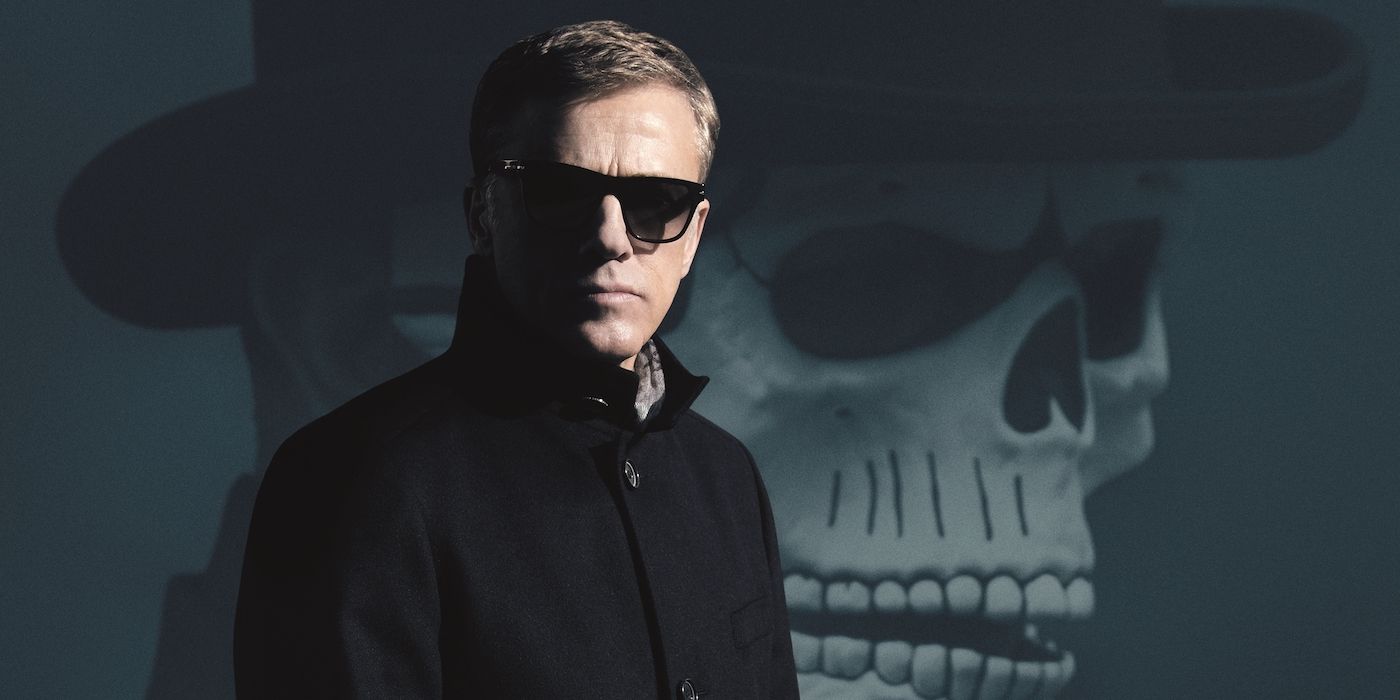
The prospect of Christoph Waltz portraying a James Bond villain in Spectre sounds like an exciting one. After all, hiring an Oscar-winning performer to play an antagonist in this franchise worked out like gangbusters for Skyfall; why shouldn’t it work out again? Unfortunately, whereas Javier Bardem was given a good script and an original character to play in Skyfall, Waltz’s Spectre adversary was saddled with poor writing and the decision to have the actor portray iconic James Bond antagonist Ernst Stavro Blofeld.
Of course, all the flaws here aren’t just connected to the presence of Blofeld. Before the reveal that Waltz is portraying Blofeld, this performer still isn’t given anything compelling to do. He’s so shrouded in mystery that Spectre forgets to give him the thinnest discernible personality for people to latch onto. His eventual evil plan is also a forgettable rehash of world domination plans from other blockbuster movies. The character becomes an outright disaster once the Blofeld revelation occurs, as now Waltz has no room to deliver a unique performance.
Given a white cat to pet and a belabored on-screen origin story for how he got those scars, Waltz’s Blofeld is designed to deliver fan service, not opportunities to utilize the talented actor at Spectre’s disposal. Save for the character’s penchant of saying “cuckoo” whenever he’s near Bond, there’s nothing memorable to Spectre’s Blofeld despite being played by someone like Christoph Waltz.
4. Dominic Greene - Quantum of Solace
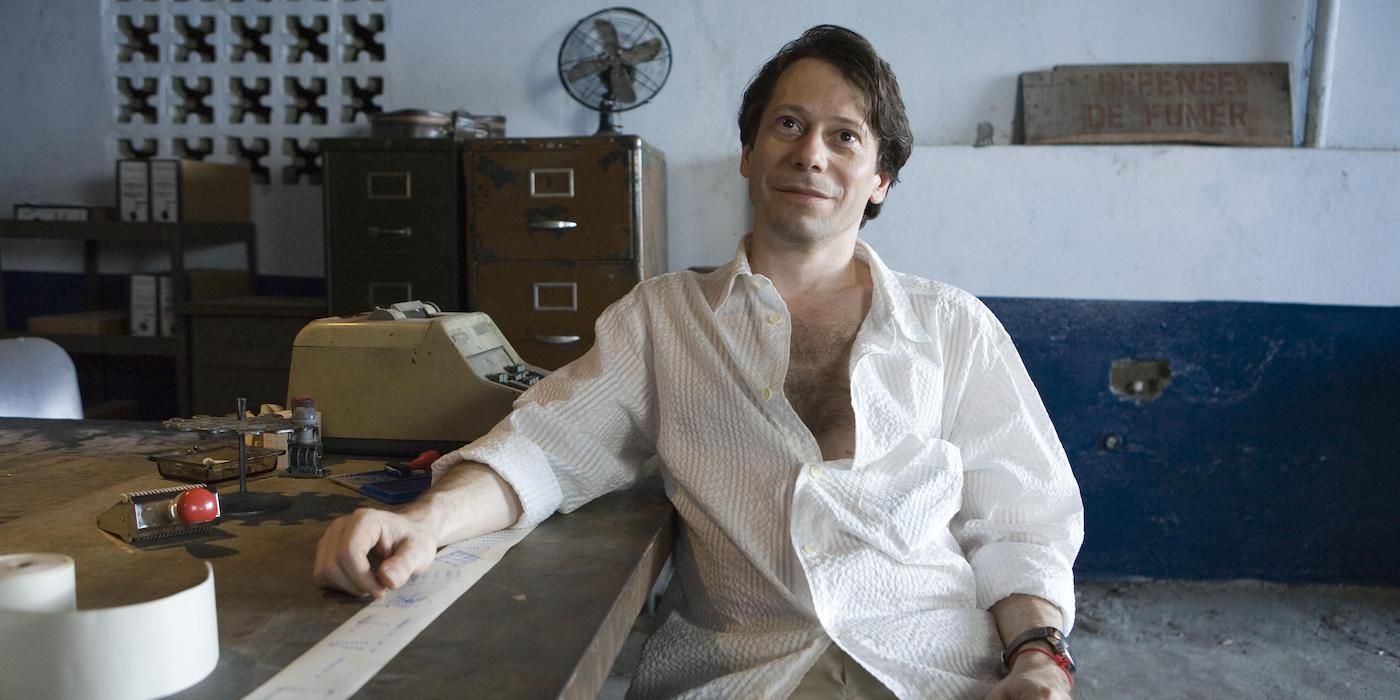
As part of the then-new Daniel Craig Bond era’s approach of rendering everything in this franchise in “grounded” terms, Quantum of Solace, the second installment in this era of the series, opted to make a villain who fits this mold to a tee. Dominic Greene (Mathieu Amalric) is no sneering villain with a mustache to twirl or a white cat to pet. Instead, he’s a wealthy man who wants to carve out a portion of Bolivia so that he can control the natural resources there and charge exorbitant prices for it. Conceptually, Solace wants to show the viewer that wealthy men with too much power, a demographic more apparent than ever in the real world, can be just as terrifying as maniacal supervillains with underwater lairs.
The interesting intent, unfortunately, doesn’t make for an interesting villain. As executed in Quantum of Solace, Greene’s plan is too convoluted and unengaging. Meanwhile, hiring Amalric to portray a Bond villain is another intriguing idea on paper, but his performance fails to leave much of an impression. He didn’t need to be a scenery-chewing baddie, but even real-world evil billionaires can have flashy personalities. Mistaking an overdose of restraint for being thoughtful, Quantum of Solace’s Greene just didn’t live up to the potential of rooting a James Bond villain in the real world.
3. Le Chiffre - Casino Royale
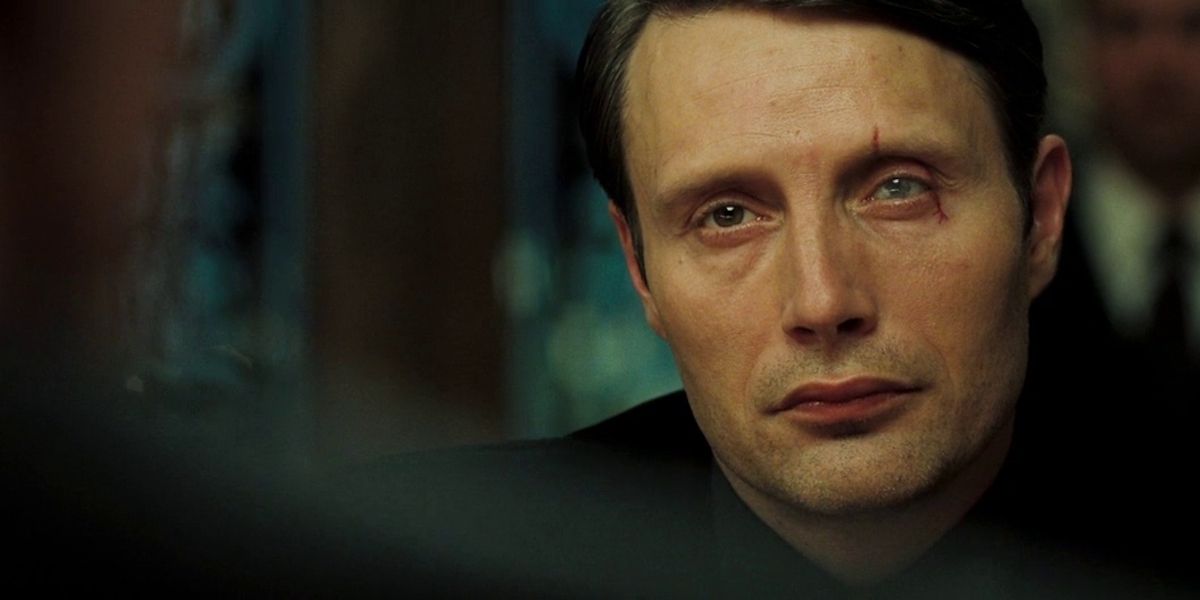
Portrayed by Mads Mikkelsen in the actor’s first foray into playing villains in American blockbusters, Le Chiffre served as the foe for Casino Royale, making him the inaugural villain of Daniel Craig’s run as James Bond. Part of what’s interesting about Chiffre is that he’s a powerful figure, but he’s not an immortal one. On the contrary, the impetus for him to set up the Texas Hold ‘Em tournament at the center of Casino Royale is out of desperation. He needs money or else people more powerful than him (later revealed to be members of Quantum) will kill him.
The viewer is constantly aware that there are others more powerful than Le Chiffre. He’s a distinctly vulnerable villain, a parallel to how this movie’s take on James Bond was to emphasize that this superspy was capable of crashing and burning like anyone else. Even with it being clear that Chiffre isn’t a be-all-end-all antagonist, Mikkelsen still injects the character with a plenty-threatening aura. This is especially true with his dialogue deliveries, which just drip with menace punctuated with traces of underlying desperation. He may not be an all-time great James Bond foe, but Le Chiffre still proved to be a fine adversary to kick off a new age of this franchise.
2. Lyutsifer Safin - No Time to Die
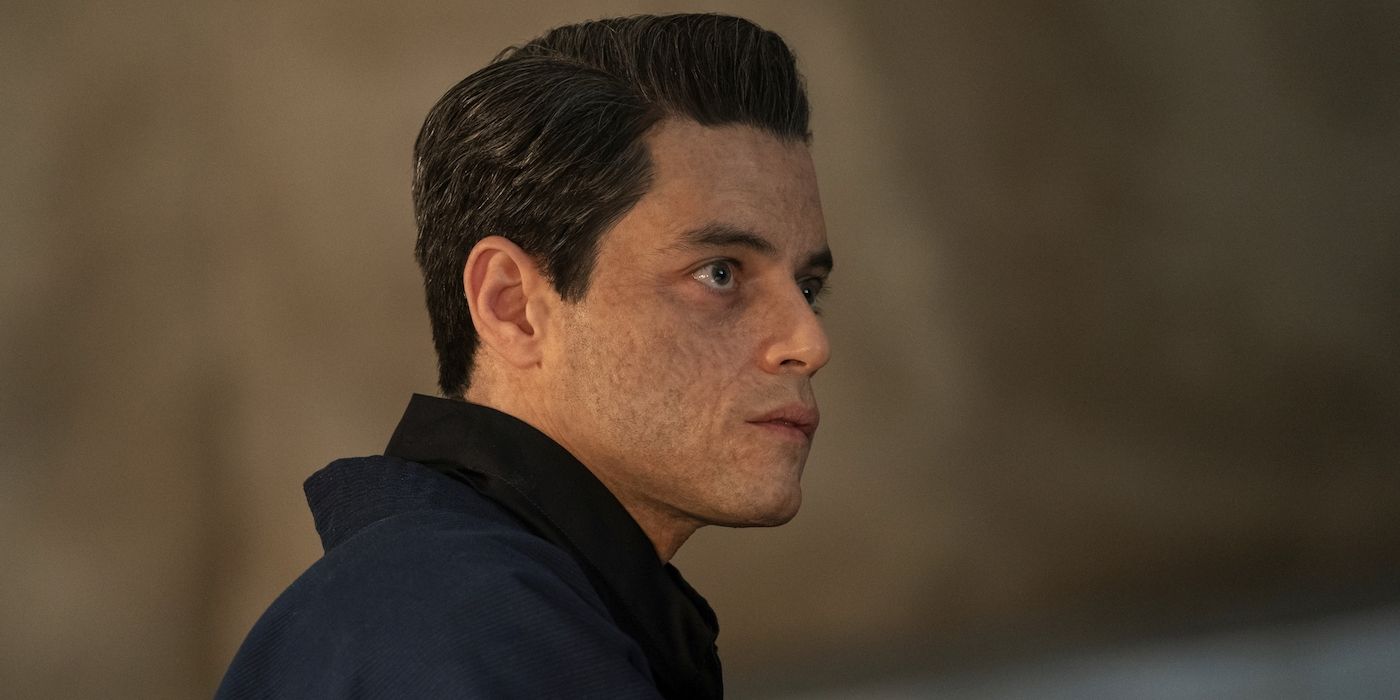
The most distinctive part of No Time to Die baddie Lyutsifer Safin (Rami Malek) comes in how he’s introduced. The audience initially discovers this fellow in a prologue chronicling a young Madeleine Swann evading Safin as he tries to kill everyone in her home. The emphasis on Swann’s perspective as she evades Safin, the camerawork that largely keeps Safin obscured, the fact that Safin is covered in a mask… No Time to Die is introducing its primary antagonist through the visual language of a slasher movie villain. It’s a bold departure from the usual visual style used for Bond baddies, and immediately makes Safin both memorable and discernibly dangerous.
Of course, Safin can't just remain a thinly defined force of intimidation for long. Eventually, once No Time to Die flashes forward to the present, we get more background on who this guy is. Admittedly, Safin isn’t quite as memorable once he starts talking, thanks to dialogue regarding how his evil plan is actually beneficial to the planet being too evocative of similar philosophies from other recent blockbuster baddies. But in executing Safin as a character, No Time to Die finds a successful balance here between restraint and exuding a distinct personality. The restraint comes from how often Safin resides in the shadows, a storytelling choice that allows the personal issues between the heroes to serve as the primary obstacle for the plot.
There's also plenty of memorable details in Safin that help him stand out from prior Craig-era Bond foes, like the finer nuances of Malek's haunted performance and the character’s appropriation of Japanese culture. As the last foe in the Daniel Craig era of James Bond movies, Malek’s Lyutsifer Safin manages to work quite nicely because the writers embrace qualities that make him run counter to your expectations. Such a feat just makes one all the more grateful those rumors that Malek was actually playing Dr. No in No Time to Die turned out to be untrue…
1. Raoul Silva - Skyfall
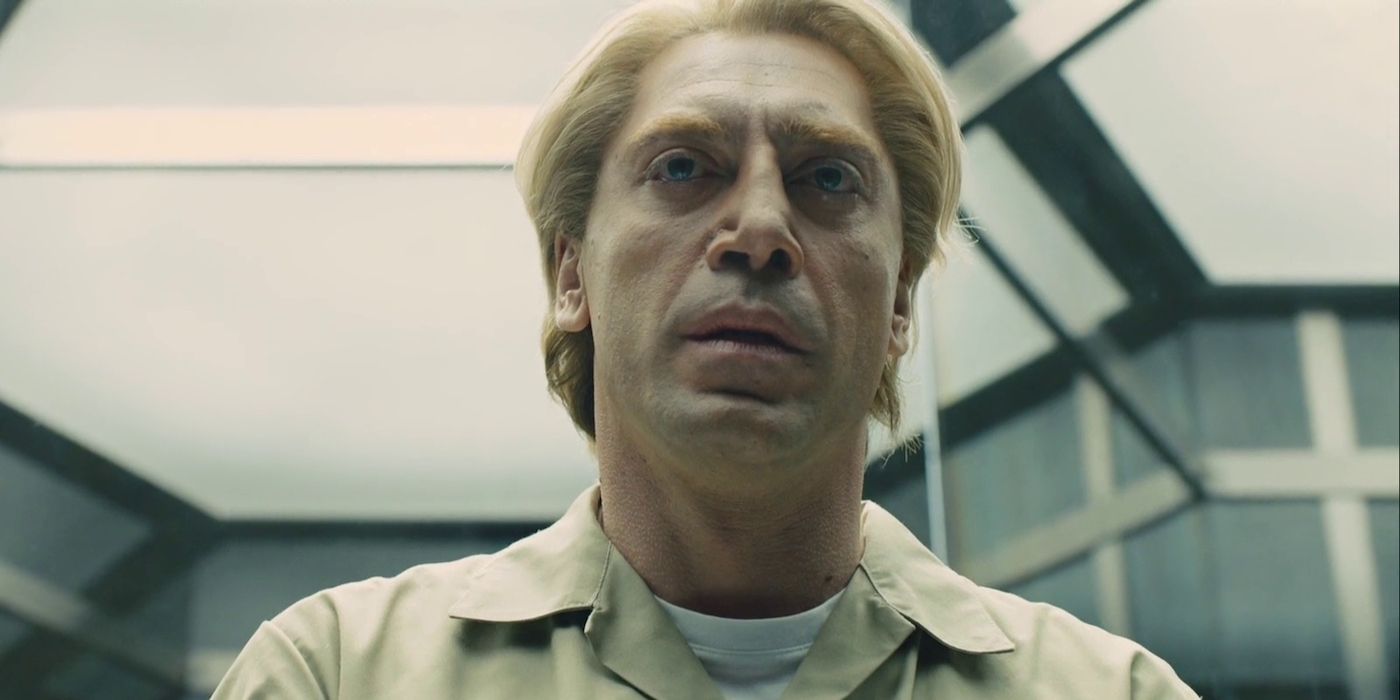
Javier Bardem is no stranger to playing bad guys in movies and Skyfall makes an arresting case for why. As he saunters into this movie as the character Raoul Silva halfway through Skyfall’s runtime, director Sam Mendes keeps the camera focused on an extended single take of Bardem walking towards James Bond (and by extension, the camera). Bardem isn’t engaging in a big sword fight or anything extravagant; he’s just sauntering along and telling an anecdote about trapped rats. Even with this minimal activity, Mendes is wise to keep the camera focused just on this antagonist. The restrained introduction makes it clear that Silva will be captivating under any circumstances throughout Skyfall.
Even better, Bardem’s enjoyable performance as Silva doesn’t immediately vanish or get lost once all the big fight scenes start. Mendes and company keep finding creative ways for Bardem’s alternately exuberant and chilling personality as Silva to shine through. This is particularly true in the film’s climax, where Bardem keeps exuding discernibly grounded emotions while portraying a man with a larger-than-life evil scheme. Even Bond delivering a fatal shot through his chest inspires Bardem’s Silva to give off a facial expression that’s more irritated at this annoying, unexpected development than anything else.
Not all of Bardem’s villains have been all-time great antagonists. However, his impeccable work as Raoul Silva in Skyfall is so bursting with personality that it becomes apparent why he’s so often hired for these kinds of roles.


التعليقات على الموضوع